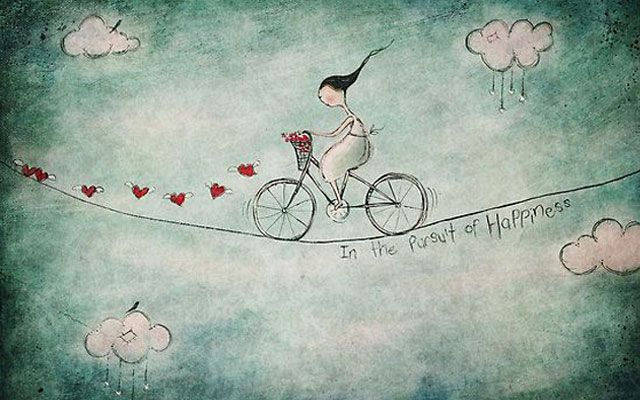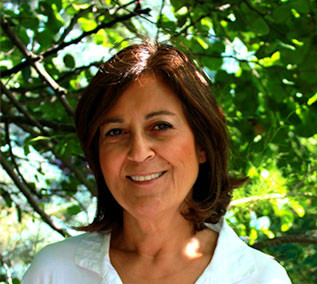The most acclaimed drawing of the cosmos and how the discovery of the magical Higgs particle – also called the God particle transformed the physicists’ view of the beginning of the universe Musician Pablo Carlos Budassi has decided to make a simple drawing of the cosmos for his son’s birthday. In doing so, he used the logarithmic maps of the physicists, the photographs taken by Nasa and his photoshop application. The contemporary physicists, having acclaimed this picture, marked it as the simplest up-to-date illustration of the cosmos. In the center lies the sun and the solar system surrounded by …
Category: Science
People like to wonder, and this is the kernel of science. – Ralph Waldo Emerson The story of two comrades who went to war and the near death experience of one of them During the Second World War, the Austrian poet and writer Karl Skala (1924–2006), went to Russia with his troops. He and his comrade, Hannes, caught under artillery fire, took refuge in a fox inn. Hannes got hit and died there. Skala recounts that heavily wounded as he was, he experienced that they were both rising up high in the sky, and found themselves looking at the battlefield …
Karen Armstrong’s reward winning TED Talk on golden rule of becoming compassionate and its intrinsic rewards, you can watch here : You can read more on compassion here: Seeking Small Acts of Goodwill
Marcelo Gleiser, the award-winning professor of physics, explores the moving cosmos in his book The Dancing Universe : From Creation Myths to the Big Bang : Physics is a game played with nature. He proclaims that science and spirituality are tightly knit. Here is what they have in common : The laws of causality govern both. In each domain, everything happens with a cause. We must use reason to understand both. Observation and experience are necessary to understand a happening. They aim to integrate their knowledge to real life scenarios. Their quest is reaching the Truth. He cites from …
Greek philosophers and Rumi on how to keep the soul happy What makes us happy ? When and how are we happy ? Where ? With whom are we happy ? Such questions about happiness are asked at least once in a lifetime. We do evaluations and measurements of our happiness; occasionally we may reach a conclusion : somewhat happy, sometimes happy, more or less happy in the past, at present, or will be happy in the future… We get to remember the times we were at the peak or we may fantasize a possible future happiness. Sometimes we measure …












Social Profiles